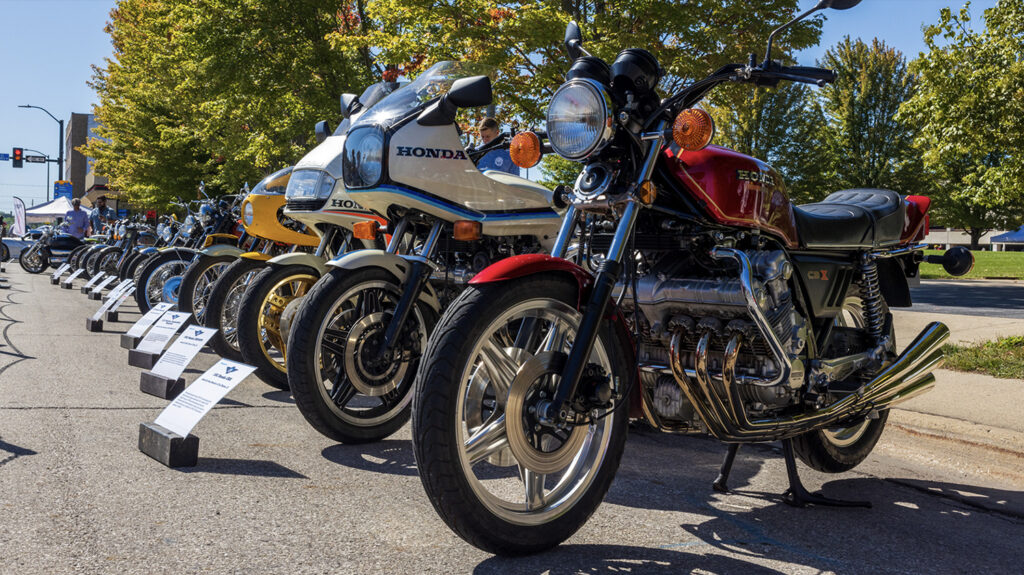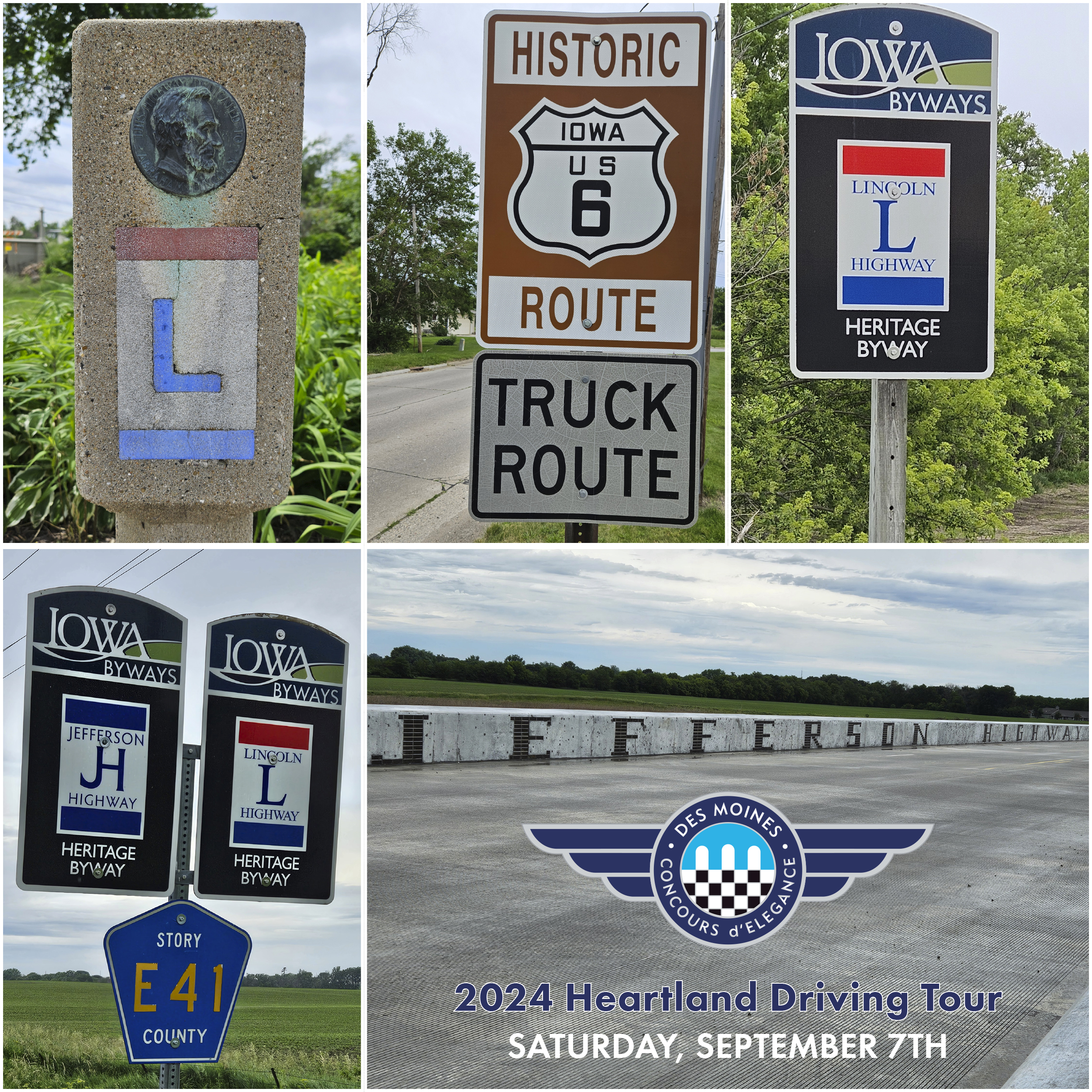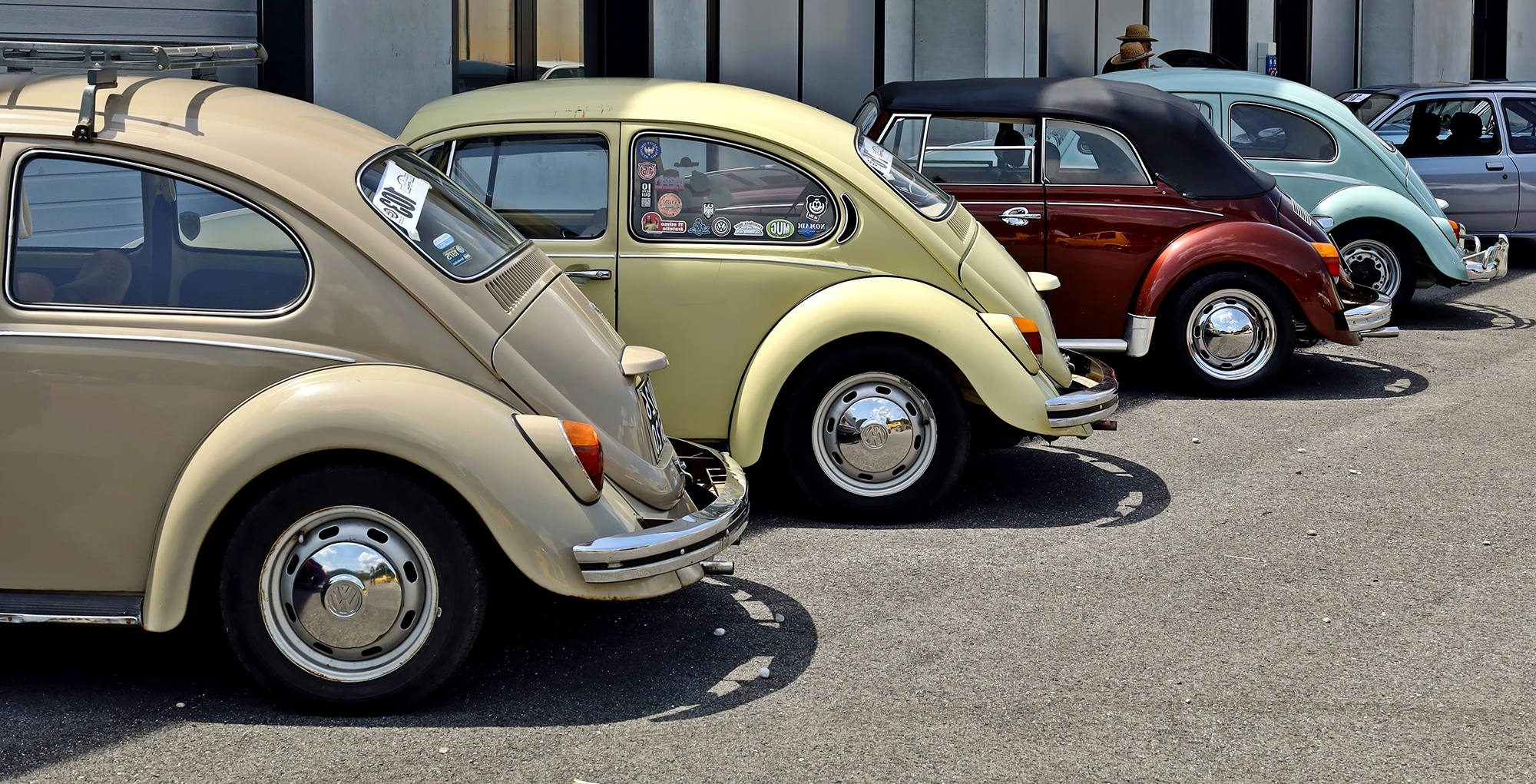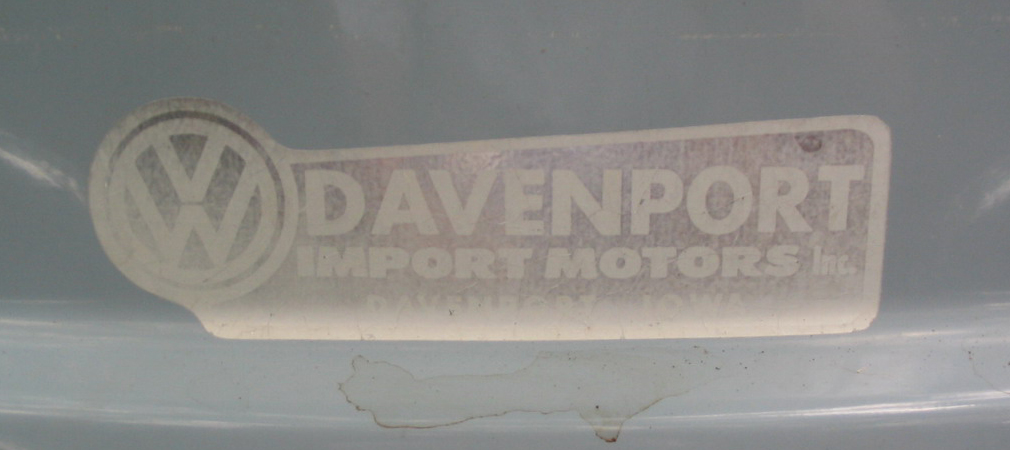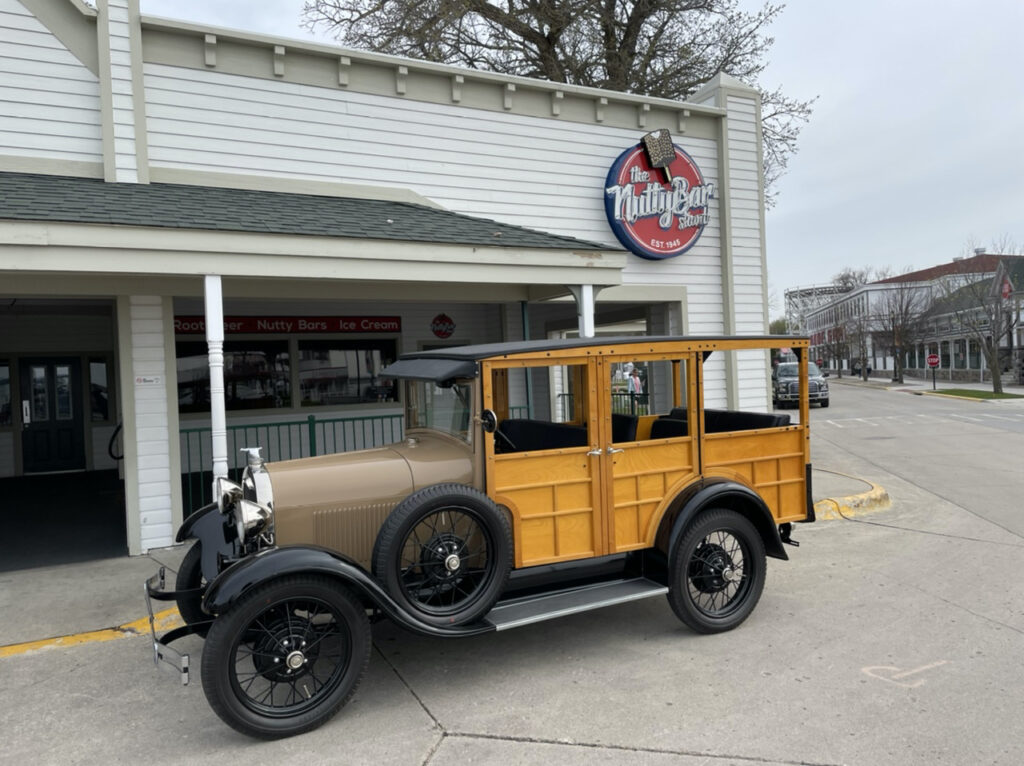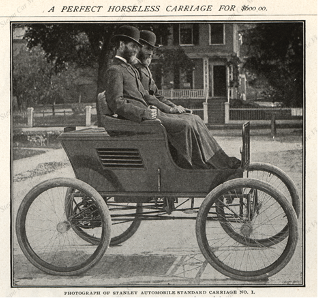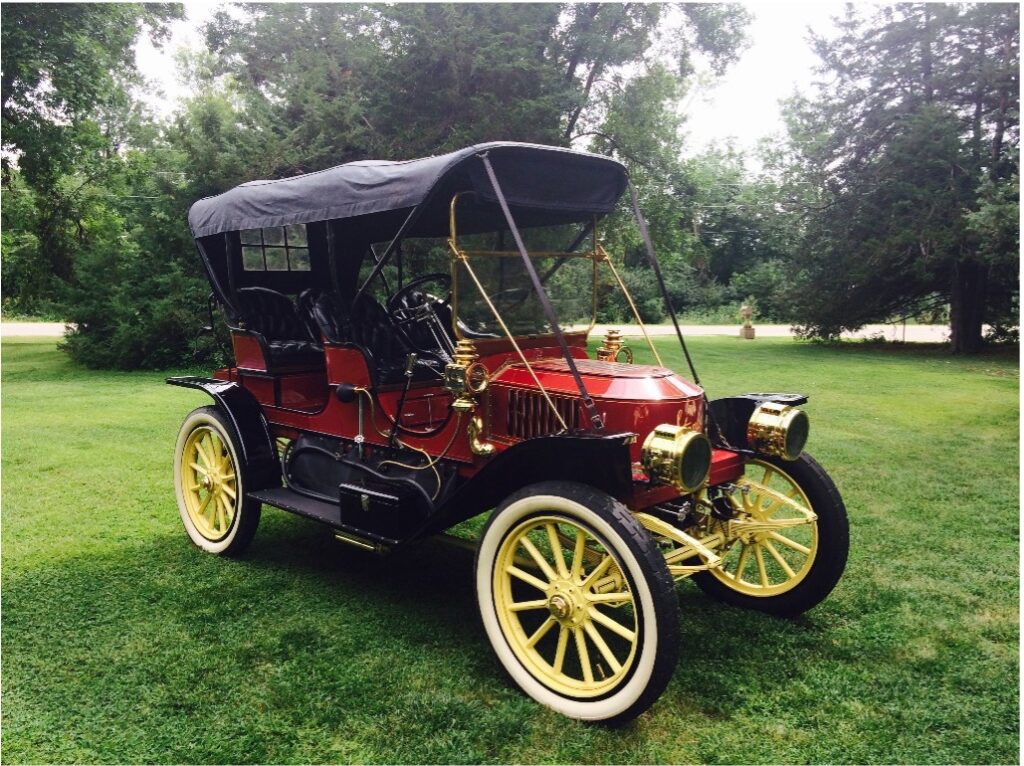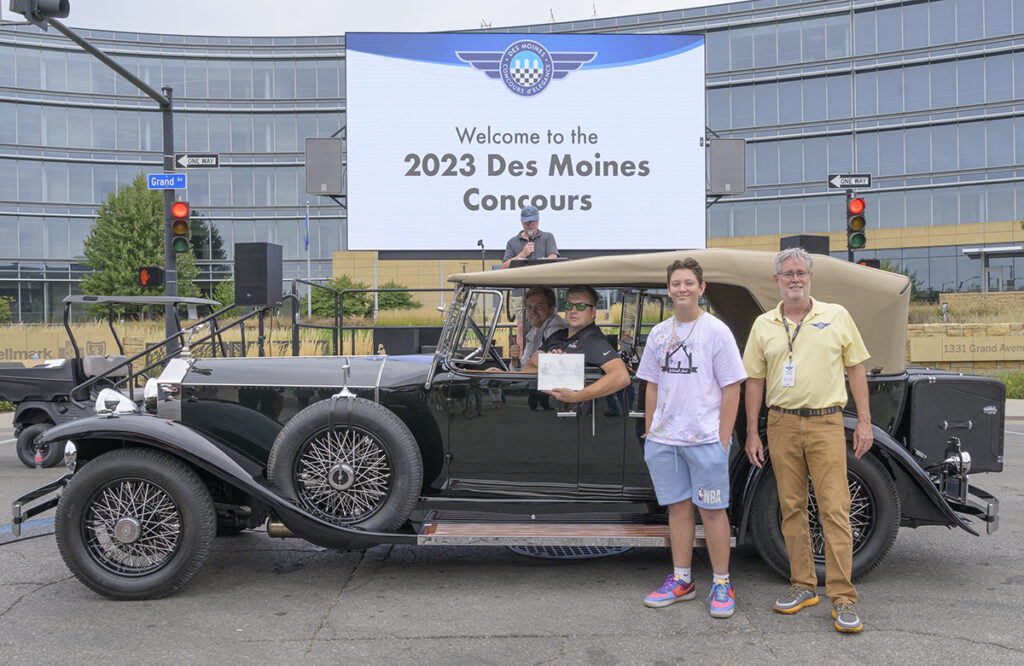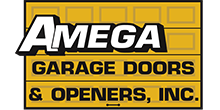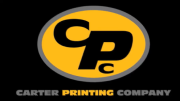Bringing elegance and taste right to your table
Concours Charity Gala at the Stine Barn
Friday, September 6th from 5:30 to 8:30 PM

In case you need reasons to purchase tickets to the 2024 Concours Charity Gala, look no further! Here are the highlights that you won’t want to miss.
- The event is held at the fabulous Stine Barn in West Des Moines. The Stine Barn is a visual experience of rustic elegance.
- There will be an impressive display of incredible vehicles to greet you: the McPherson College Pebble Beach 2nd Place Class Winning 1953 Mercedes-Benz 300S Cabriolet, a 2025 Lamborghini Revuelto and the 2024 Hy-Vee IndyCar will be there to impress.
- During the social time, Aaron Holt and Doolittle Farms will be providing hors d’oeuvres. Plus, there will be an open bar served by My Private Bartender throughout the evening.
- Stroll around the Silent Auction, view the wide selection of high-end treasures & services, and find the perfect item to bid on.
- We’re excited to have an extraordinary Live Auction item: A catered dinner for 12 by Aaron Holt and Doolittle Farms. You’ll get a chance to taste their creations during dinner. Then you’ll want to be the highest bidder!
- Savor an Iowa Bourbon Experience with small-batch bourbon tastings served by Eugene Nassif of Cat’s Eye Distillery out Bettendorf, Iowa.
- Enjoy the melodic tunes of guitarist Willy Shay, providing a beautiful backdrop for the evening.
- Brian Martin from McPherson College will share the story of the Mercedes-Benz project. An intro to the students’ project can be found HERE.
- Aaron Holt will then describe the plated gourmet dinner created for the evening. He and his incredible team will be serving a farm-to-table meal that is not only beautiful, but delicious!
- After dinner, we will hold the Live Auction for the Doolittle Farms’ catered dinner for 12. Gather your tablemates and make plans!
- We’ll then introduce our guest speaker, Brent Roske, from Flamingo TV on Roku. Brent has great stories to share of his travels and experiences including filming the Pebble Beach Concours with renowned personalities such as Wayne Carini, Ant Arnstead, Jenson Button, Derek Bell, and Donald Osborne. His presentation is a must see!
The 2024 Concours Charity Gala is the place to be! Tickets are limited, so purchase yours soon. Visit our Gala page.
Silent Auction Items
We’re finalizing our Silent Auction offerings and would be happy to feature your item or service. We are requesting items of at least $250 in value. Proceeds from the Gala and the entire Des Moines Concours weekend benefit Children’s Cancer Connection. Please reach out to us if you would like to make a donation.
Meet Aaron Holt from Catering by Doolittle Farm

Take a peek at the amazing vehicles that will be on display:






